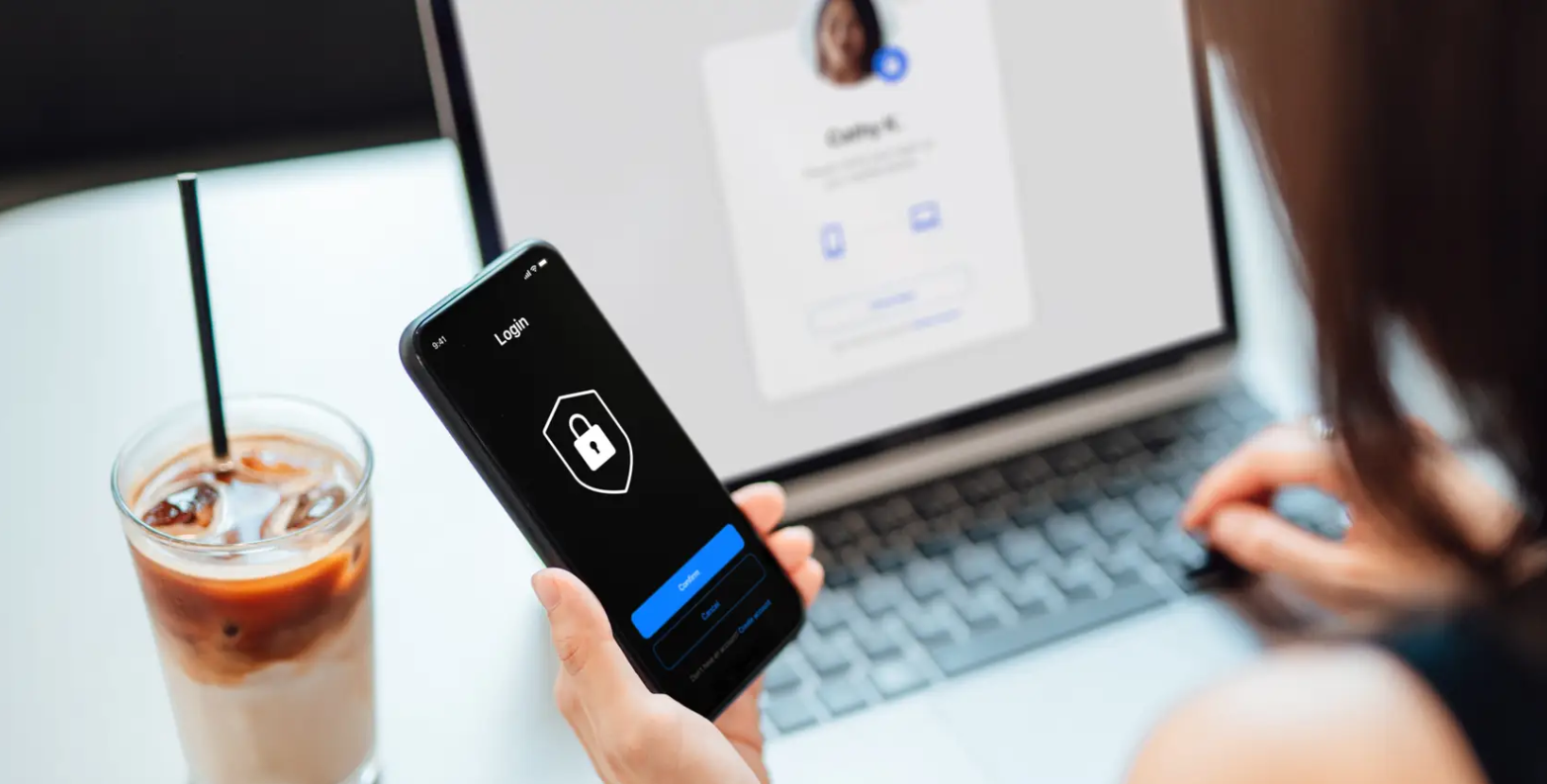
The consequences of identity theft can be steep. There are various forms of this illegal activity and can be used to open credit cards, buy cars, or steal your tax refund.
Identity theft is often a crime of opportunity in that you may be a victim because your information was an easy target. On the flip side, closing those vulnerabilities will mean that an identity thief is more likely to move to the next guy with more gaps in their cybersecurity. These steps to protect your identity will go a long way in preventing any incidents.
How to reduce the risk of identity theft
There is no foolproof method to completely prevent identity theft. However, by adopting certain practices, you can greatly reduce your risk. Despite taking all the necessary precautions, it is important to note that anyone can still fall victim to identity theft.
1. Monitor your credit
Credit monitoring is the process of checking your credit report to ensure that it is free of errors and suspicious activities. You can employ credit monitoring services to do this automatically, notifying you of any changes to your credit report. Many of the best identity theft protection services include some credit monitoring capabilities.
Of course, you can manually monitor your credit by regularly reviewing your credit reports. You can request to view your credit report from the three major credit bureaus for free through AnnualCreditReport.com. Until the end of 2023, you can request these reports each week as a result of the pandemic. However, you’re normally only able to see these free credit reports once per year.
While this doesn’t necessarily prevent identity theft, it does mitigate any potential damages as a result of identity theft. With regular monitoring, you’ll catch any suspicious activity early.
2. Keep your personal information secured
Another way to prevent identity theft is to keep your personally identifiable information, also called PII, from prying eyes. Fraudsters can’t impersonate you if they don’t have any information on you.
You should have all personal information, whether physical or digital, in a place that you have exclusive access to so you’re not leaving your personally identifiable information out and easily accessible for anyone coming into your house. This can include your social security card, financial documents, and medical records.
In addition to properly storing personal documents, you should properly dispose of personal documents. Any physical documentation that isn’t important or outdated with your personal information must be shredded immediately before throwing it in the trash. Leaving those documents intact creates an opportunity for identity thieves to recover these documents and use them against you.
3. Maintain good password etiquette
There are so many online accounts to keep up with nowadays, from personal to professional. It’s tempting to use the same password repeatedly or use personal names or birth dates but think of it like an apartment building where all the units use the same lock. Someone with a working key could open every single apartment.
This kind of attack, called a credential stuffing attack, is common. Hackers find a pairing of login credentials in a data leak or off the dark web and plug it into various sites to see if it works.
Similarly, easily guessed passwords can also lead to a breach in your cybersecurity. Passwords with a complex string of numbers and symbols with varying letter cases will be harder to crack. Hints or recovery questions should also be difficult to answer by anyone but you.
A password manager or a simple physical list of usernames and passwords (provided you’re following step 2) can serve as reasonable solutions to multiple passwords. Multi-factor authentication can add another layer of protection to your online accounts.
4. Freeze your credit
A credit freeze is a service offered by the three major credit bureaus — Experian, Equifax, TransUnion — that seals your credit reports from third parties. This means that lenders, for example, can’t pull a hard inquiry when extending a line of credit. With your credit reports frozen, even if a thief has all of the data needed to open new financial accounts in your name, they still won’t be able to do it because the issuers of credit can’t get access to your report.
5. Watch what you post or click online
Cybercriminals often use phishing attacks to trick victims into certain actions, including sending personal information or clicking on links containing viruses. If family, friends, or even people who you haven’t talked to in a few years message you asking for money or information, use an alternative method to confirm their identity, such as calling them.
Posting personal information on social media can also make you an easy target for identity theft. Through social media and online platforms we’ve created a roadmap for criminals to hack our brains so be wary of who you speak to online.
We hope these tips have been helpful in your business. Please let us know if you have any questions about your IT environment or how to secure it from outside cyber threats. We are here for you! Contact us at (732) 780-8615 or email at [email protected].
Excerpt taken from Ron Lyons, Jr, edited by Paul Kim, “How to reduce the risk of identity theft”, businessinsider.com, Feb. 17, 2023
